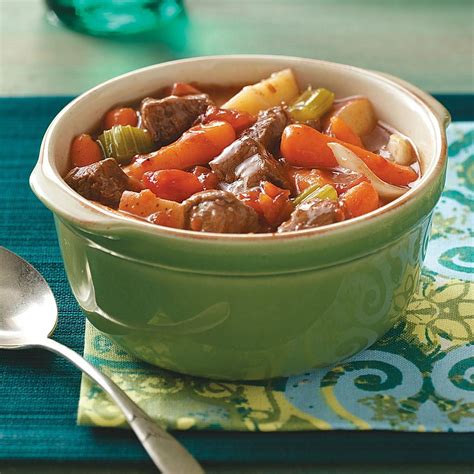The Ultimate Guide to Delicious Stew Meat: Recipes and Tips
Stew meat, that wonderfully tender and flavorful cut of beef, is the star of countless hearty meals. But choosing the right cut and mastering the cooking technique is key to achieving melt-in-your-mouth perfection. This guide will walk you through everything you need to know, from selecting the best meat to perfecting your favorite stew recipe.
Choosing Your Stew Meat: A Cut Above the Rest
The key to amazing stew lies in the cut of beef you choose. While many cuts work, some are better suited for slow cooking than others. Look for cuts that are:
-
Tougher cuts: These cuts contain more connective tissue, which breaks down during long, slow cooking, resulting in incredibly tender meat. Think chuck roast, brisket, short ribs, or shank. These cuts are often more affordable, too!
-
Well-marbled: Marbling refers to the fat interspersed throughout the meat. This fat renders down during cooking, adding flavor and moisture to your stew.
-
Free of excessive fat: While marbling is important, avoid cuts with excessive external fat, as this can render down into your stew, making it overly greasy.
Beyond Beef: Exploring Other Stew Meat Options
While beef is the classic choice, don't limit yourself! Many other proteins create fantastic stews. Consider:
-
Lamb Stew: Use lamb shoulder or shanks for a rich and flavorful stew.
-
Chicken Stew: Chicken thighs are perfect for a lighter, quicker stew.
-
Pork Stew: Pork shoulder or butt works well, offering a succulent and satisfying stew.
-
Vegetable Stew: Even a hearty vegetarian stew is amazing! Use root vegetables such as carrots, potatoes, and parsnips.
Mastering the Art of Stew Meat: Cooking Techniques
The beauty of stew meat is its versatility. You can adapt the cooking method to suit your time constraints and preferred flavor profile. Here are some popular techniques:
Slow Cooking:
- Perfect for: Achieving maximum tenderness and flavor.
- Method: Brown the meat first to enhance flavor, then simmer in liquid (broth, stock, wine) with vegetables for several hours in a slow cooker or Dutch oven.
Pressure Cooking:
- Perfect for: Speed and convenience. Pressure cookers significantly reduce cooking time while retaining tenderness.
- Method: Similar to slow cooking, but the pressure cooker seals in moisture and cooks the meat faster.
Braising:
- Perfect for: Developing rich, deep flavors.
- Method: Brown the meat, then simmer in a liquid in a covered pot at low heat until tender.
Recipe Ideas: Unleash Your Inner Chef
While specific recipes are endless, here's a framework for creating your perfect stew:
Basic Stew Recipe Framework:
-
Sear the meat: Brown the meat in batches over medium-high heat to develop a rich flavor.
-
Sauté aromatics: Add onions, garlic, carrots, and celery (mirepoix) to the pot and sauté until softened.
-
Add liquid: Pour in your chosen liquid – broth, stock, wine, or a combination – to cover the meat.
-
Simmer: Bring to a simmer, cover, and cook until the meat is extremely tender.
-
Add vegetables: Add other vegetables like potatoes, peas, or mushrooms during the last hour of cooking.
-
Thicken (optional): If desired, thicken the stew with a cornstarch slurry or roux.
-
Season: Season generously with salt, pepper, and other herbs and spices to your liking.
Elevating Your Stew Game: Tips and Tricks
- Don't overcrowd the pot: This will lower the temperature and prevent proper browning.
- Use quality ingredients: The better the ingredients, the better the stew.
- Don't be afraid to experiment: Try different combinations of vegetables, herbs, and spices.
- Let it rest: Allow the stew to rest for at least 15 minutes after cooking to allow the flavors to meld.
With a little practice and these helpful tips, you'll be crafting delicious and tender stew meat masterpieces in no time! So grab your favorite cut, gather your ingredients, and get cooking!
